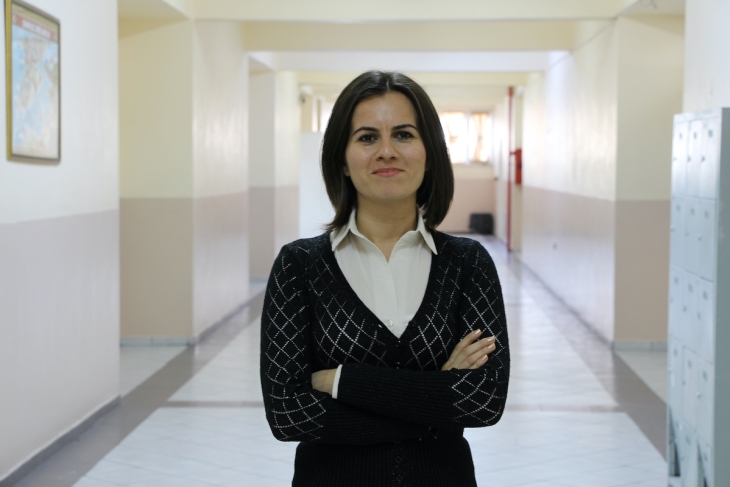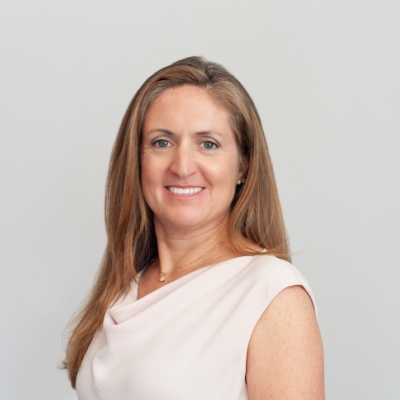Editor’s note: This blog post was first published by Partnership Schools.
In the debate about re-opening school builds this fall, a number of health questions needed to be answered. Among them, are children dangerous “transmission vectors”? (No, according to the Economist; yes, according to this piece in the New York Times.) Is there widespread community infection? Are masks and frequent handwashing sufficient for curbing the spread of the virus? And more.
These are important questions. Other big-picture considerations are surfacing, as in AEI’s “A Blueprint for Back to School.” But at the school level, they don’t go quite far enough. In addition to these health and policy issues, there are thorny educational and operational questions on how to welcome students back while keeping faculty, staff, parents, and students safe. On the ground level, we are seeing five hard questions that school leaders must grapple with once they get the green light from state health officials to welcome students back. They are:
1. How do we staff for this?
By this fall one fact will loom like a dark cloud over all schools in America: massive budget cuts. This is especially true for private and Catholic schools that don’t have a guaranteed stream of public funding to keep the lights on. The big question right now is: How will we staff for the year ahead without breaking the bank?
Obviously, the safety and security of our faculty, staff, students, and parents is our top priority. But keeping our communities safe may well take more manpower than we expect. In early March, as the reality of the COVID spread in New York began to set in, Partnership School leaders grew increasingly concerned about staffing and coverage. Like many schools, we have a number of teachers and staff members in every one of our schools who are vulnerable to the most severe impacts of the coronavirus. To protect our most vulnerable, we need to be able to give teachers the time off they need should community spread become an issue. However, for Catholic schools with a lean staffing model, that means finding and paying substitute teachers who can not only cover duties but who can keep students learning in the event a core content teacher is out.
Moreover, if state guidelines forbid classrooms of more than ten students at a time, we will need to consider how to shrink teacher-student ratios to ensure we comply with health guidelines. This presents both a budget challenge (i.e., Where we will find extra money at a time our budgets are being slashed?) and a talent challenge (i.e., Where will we find great subs who are trained and ready to roll?).
Mike Petrilli of the Thomas B. Fordham Institute proposed the idea of a national substitute teacher corps. Ideas like that could provide a valuable lifeline to schools like ours as we look to the future.
2. How do we equip for this?
Aside from the virus itself, perhaps the biggest story of the early days of the COVID shutdown was how difficult it was to find masks, sanitizer, thermometers, and more. While there is no doubt the supply chain will eventually ramp up, at the ground level, we worry about how we’ll ensure we have sufficient supplies to keep children and adults safe. Here again, given the budget constraints we know we’ll face, this is a question not just of supply, but of how much we will be able to procure and when.
Prioritizing health and distance learning resources in the midst of tight budgets will, no doubt, affect programming; school districts like New York and schools across the nation are beginning to grapple with difficult trade-offs, such as cutting counseling programs to preserve essential services. And it will cause us to second-guess everything from facilities fixes to new curriculum materials.
Equipping for the next school year in every area from health to technology to student-facing resources may also mean forging new partnerships. It will undoubtedly take a patchwork of public and non-governmental partnerships to keep our school communities safely functioning in person.
3. How do we assess for this?
One of the challenges of being a building or network-level leader is that so much is out of our control. When it comes to decisions about health and safety, we understand that individual schools shouldn’t be navigating this crisis on our own. Yet when it comes to summative assessments of student learning, schools will be disadvantaged by not having any independent assessment data to guide our academic planning.
To be sure, state tests are not the only—or even the most important—indicator of student progress. But they do provide an independent and reliable benchmark of our progress and of our students’ progress. And now, in a world where state tests have been cancelled and will not come back online before Spring 2021, and where district leaders are downplaying the role report cards should be playing in communicating student struggles, diagnosing and addressing learning gaps will be more challenging.
4. How do we manage amid heightened emotions?
Let’s assume for the moment that states give the green light to open schools, in some form, beginning in August. That doesn’t mean parents will feel comfortable sending their children. How will we manage the fears of parents and children who may be reluctant to restart in-person learning, or the anxieties of staff who worry about coming to work each day? In schools where chronic absenteeism is already a challenge, how will we manage accountability for attendance against the very real health fears that exist?
5. How do we lead and manage for uncertainty?
While educators don’t often rely on advice from nineteenth-century Prussian field marshals, now seems like a good time to remember that “no plan survives first contact with the enemy.”
Or perhaps we should look not to that aphorism, but to the specifics of what Helmuth von Moltke the Elder really said: “No plan of operations extends with any certainty beyond the first contact with the main hostile force.” This distinction is important; we must plan now—and we must also embrace our inability to anticipate every consequence of restarting in-person classes.
So we must build the nimbleness in our teams and routines to adapt rapidly, with a clear sense of our priorities and frameworks for making tough decisions fast.
—
Strong educators have always functioned with a clear, unwavering picture of excellence and Protean adaptability regarding the strategies and tactics to achieve that vision. Reopening schools will call on us to have both in spades. Engaging now with the hard questions on how we must adapt will help better position us to give students in this next school year the education and nurture they deserve.




